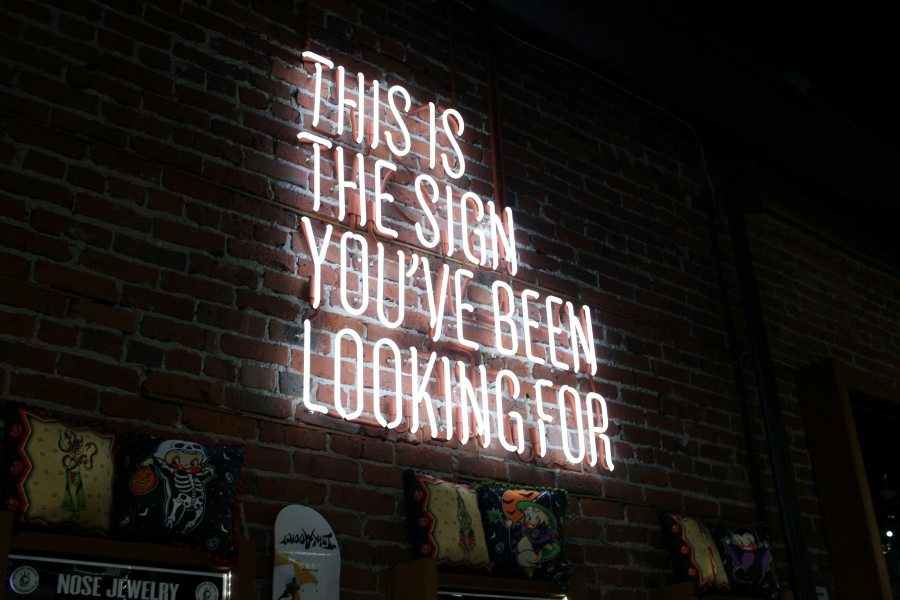Your Name Is Your Brand: How to Build Authority in the Digital Space
“In a noisy world, your name is your reputation — and your reputation is your currency.”
In today’s digital-first world, people often discover you before they meet you. Whether you’re a freelancer, job seeker, entrepreneur, or content creator, your personal brand can open (or close) doors before you even speak.
But personal branding isn’t just about posting selfies with motivational captions. It’s about showing your credibility, consistency, and capacity to create value; online.
This article is a practical guide to help you build an authentic personal brand that grows with you, especially if you’re starting from zero.
🤔 Why Personal Branding Matters More Than Ever
- Recruiters Google your name before interviews
- Clients judge trustworthiness from your portfolio, reviews, and tone
- Collaborators and peers follow those who show clarity and consistency
Personal branding isn’t self-promotion. It’s reputation management — showing people what you stand for and what you’re great at.
🛠️ What Is a Personal Brand, Really?
Your personal brand is a mix of:
- What you know (skills, results, expertise)
- What you show (content, writing, presence)
- What people remember (tone, values, story)
Think of it as positioning yourself like a product, not to sell yourself, but to let people know what you bring to the table.
📌 Step-by-Step: How to Build Authority Around Your Name
- Define Your Positioning (Not Just Your Bio)
Instead of:
“Web developer, graphic designer, content writer, SEO, VA”
Try:
“I help brands grow through clean web experiences, strategic content, and data-backed decisions.”
✅ Focus on a core value proposition.
✅ Keep it adaptable, your brand should evolve with your skills.
- Secure Your Name (Digitally)
- Buy a domain name (e.g., yourname.com)
- Create consistent usernames across LinkedIn, Twitter, GitHub, Behance, Medium, etc.
- Use the same photo and tagline to build recognition
This gives your online presence credibility and cohesion.
- Build Digital Proof, Not Just Profiles
Post what you’re working on, even in progress.
Examples:
- A project breakdown
- Before/after of a landing page
- A quick insight from a tool you just used
- A quote + lesson from a recent client call
You don’t need to go viral. Just show your process, perspective, and professionalism.
- Write with Purpose
Create long- or short-form content that reflects:
- Your domain expertise
- Your journey or lessons
- Your point of view on tools, trends, and ethics
You don’t have to be an “influencer.” Just be a voice of clarity in your niche.
✅ Platforms to use: LinkedIn, Medium, your own blog
✅ Use visuals, list formats, and storytelling
- Let People Find You, Clearly
Your website, portfolio, or LinkedIn should answer:
- Who are you?
- What do you offer?
- How can people contact or hire you?
Include:
- A short bio (not generic)
- Testimonials or reviews
- Visuals of your work
- Clear CTAs (Contact, Book a Call, See My Work)
🚫 Common Mistakes to Avoid
- Being everything to everyone
- Copying others’ tone or positioning
- Posting for algorithms, not people
- Waiting until you’re “ready” before sharing
- Treating your name as less important than your brand name or company
Remember: people trust people before they trust brands. Your name has power.
🔚 Conclusion: You’re Already a Brand. Now Shape It Intentionally.
You don’t have to be loud to be memorable. You just need to be:
- Consistent with your message
- Clear about what you do
- Credible through your work
“In 2025 and beyond, the professionals who communicate with purpose will lead — not just those with skills, but those with a story.”
Start small. Start now. And let your name stand for something real.







